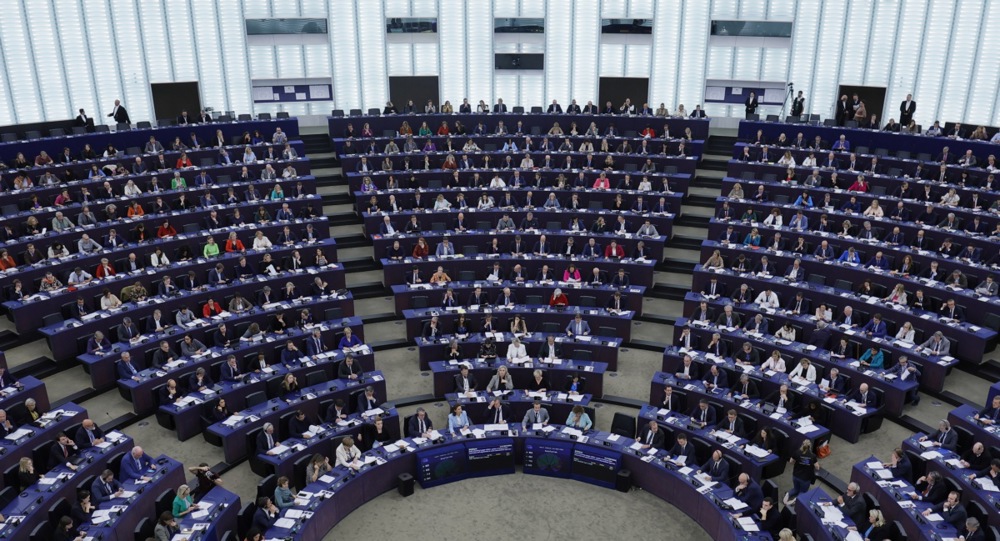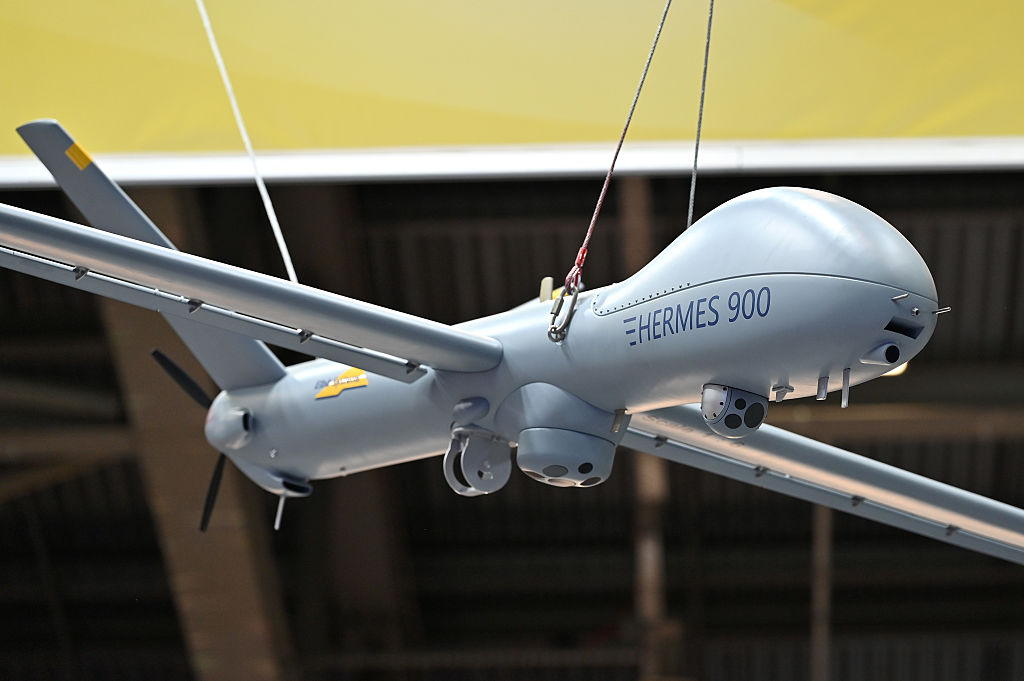When the European Commission recently proposed its €500 billion plan to link the continent by high-speed rail, it did so with the usual fanfare. Modernisation, green transition, European integration — as always, the buzzwords were all over the place. But hidden behind the hype is a dismal truth: Europe is not closing the gap with China’s rail miracle; it is slipping increasingly behind. For all of its committees, communiqués, and corridor maps, the European Union remains anything but high-speed.
By 2024, China’s high-speed network already spanned some 48,000 kilometres—nearly four times the extent of Europe’s lines built to provide comparable speeds. Beijing sets its sights at 60,000 kilometres by 2030, increasing to some 70,000 by 2035. Europe, meanwhile, has built an estimated 8,500 kilometres of genuinely high-speed lines so far, most concentrated in Spain, France, and Italy.
The contrast is more one of speed than distance. Chinese trains travel at an average 320–350 km/h; Europe’s do it at roughly half that, especially over border crossings. On most inter-city routes under 500 kilometres, only a tiny fraction of the trains ever travel faster than 150 km/h.
This contrasts with the sheer, mind-boggling scale of China’s achievement. Within a period of less than two decades, it built a network that connects nearly every major city, reaches more than 90 percent of its population, and transports hundreds of millions of people with exemplary efficiency. The nation has invested more than a trillion dollars in its railway over the decade between 2011 to 2021. In China, 96 per cent of all cities with over 500,000 inhabitants are now linked by high-speed rail. Incredibly, the People’s Republic is estimated to have around 70 per cent of the global total of high-speed railways. Beijing achieved this by spending nearly one per cent of GDP on railroad infrastructure per annum. Europe spends about a third of that—only then to lament the continent is moving in slow motion.
The twenty-year, half-a-trillion-euro proposal of the European Commission over twenty-seven member states is hardly very ambitious. Europe’s problem, though, is certainly not a lack of resources. It is a lack of strategic acumen. Together, the Union and its member states have spent around twice that amount—about a trillion euros—on Ukraine war-related arms shipments, energy bailouts, and economic aid since 2022. What this shows is a continent unable to put itself first. Put simply, Europe has lost the ability to invest in itself.
According to Brussels, the rail plan centres on the completion of nine “core corridors” linking major capitals — from Lisbon to Helsinki — with the goal of cutting cross-border travel times by half by mid-century. The Commission wants every principal city within four hours by train, freight routes electrified end-to-end, and national networks connected under a single European signalling system. Most of these are reasonable goals, but the milestones are decades away. The plan envisions seamless travel from Amsterdam to Zagreb. In practice, though, it might create an impossible puzzle of half-upgraded lines, endless technical compatibility debates, and self-congratulatory media statements concerning projects that will not be finished within a generation.
Another part of the issue lies in Europe’s endemic institutional sclerosis — a vast, imperial, needlessly centralised machine that seldom seems to get anything done. Every kilometre of track has to find its way through a labyrinth of environmental reports, bureaucratic chaos, and court battles, delaying construction time by decades and doubling budgets. What takes China five years to construct takes Europe fifteen. A continent that once led the Industrial Revolution today finds itself blocked by artificial constraints of its own making.
While China builds, Europe talks. The Commission’s dreams of a new era of continental mobility risk turning out to be another PowerPoint mirage — a shiny presentation with no meat in it. The irony is that Europe, where the railway was born in the first place, now appears to be falling behind—both literally and figuratively.
Yet, the potential is still vast. A truly continental system of high speed rail — the dream of going from Paris to Warsaw in five hours, or from Madrid to Milan in the night train — would revolutionise the economic map of Europe, breathing new vitality into our tired continent. The equipment is available; the engineering expertise is still excellent. What is missing is the political will to make it a priority. A Europe that can afford to spend hundreds of billions on foreign wars must surely be able to spend a fraction of that to connect its own capitals. Particularly when doing so would mean so much for Europe’s future economic—and, therefore, geopolitical—relevance.
If Europe is to catch up in the twenty-first century, then it must abandon its culture of procrastination and adopt a culture of action. The future will not wait for Brussels. It will be taken over by those who advance the fastest — and, for now at least, they are not European.





EU needs to play smarter against China, not harder